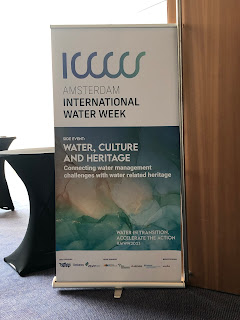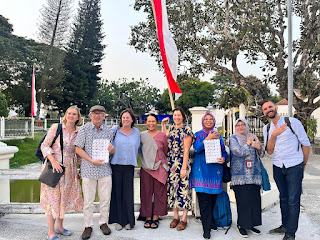RURAL CULTURAL LANDSCAPE OF KOTO GADANG

RURAL CULTURAL LANDSCAPE OF KOTO GADANG An Adaptation of the Historic Urban Landscape (HUL) Approach in the Rural Area Koto Gadang, West Sumatra, Indonesia 18-22 August 2025 Koto Gadang in West Sumatra Province is the birthplace and home village of some prominent national leaders of Indonesia. Some were involved in the country's independence struggle, and some are still active in the national arena in various fields. It is famous as a village producing many intellectuals because education is the core of awareness of most parents in Koto Gadang. Parents in other villages will ask their children to go to the rice fields, but the parents in Koto Gadang will encourage their children to go to school. Study as high as possible. At the beginning of the 20th century, this village had even a kind of collective fund to finance studies of the children to Java or even to the Netherlands. In 1967 there was a survey that showed that almost 20% of the population of Koto Gadang, around 3000 peopl...





